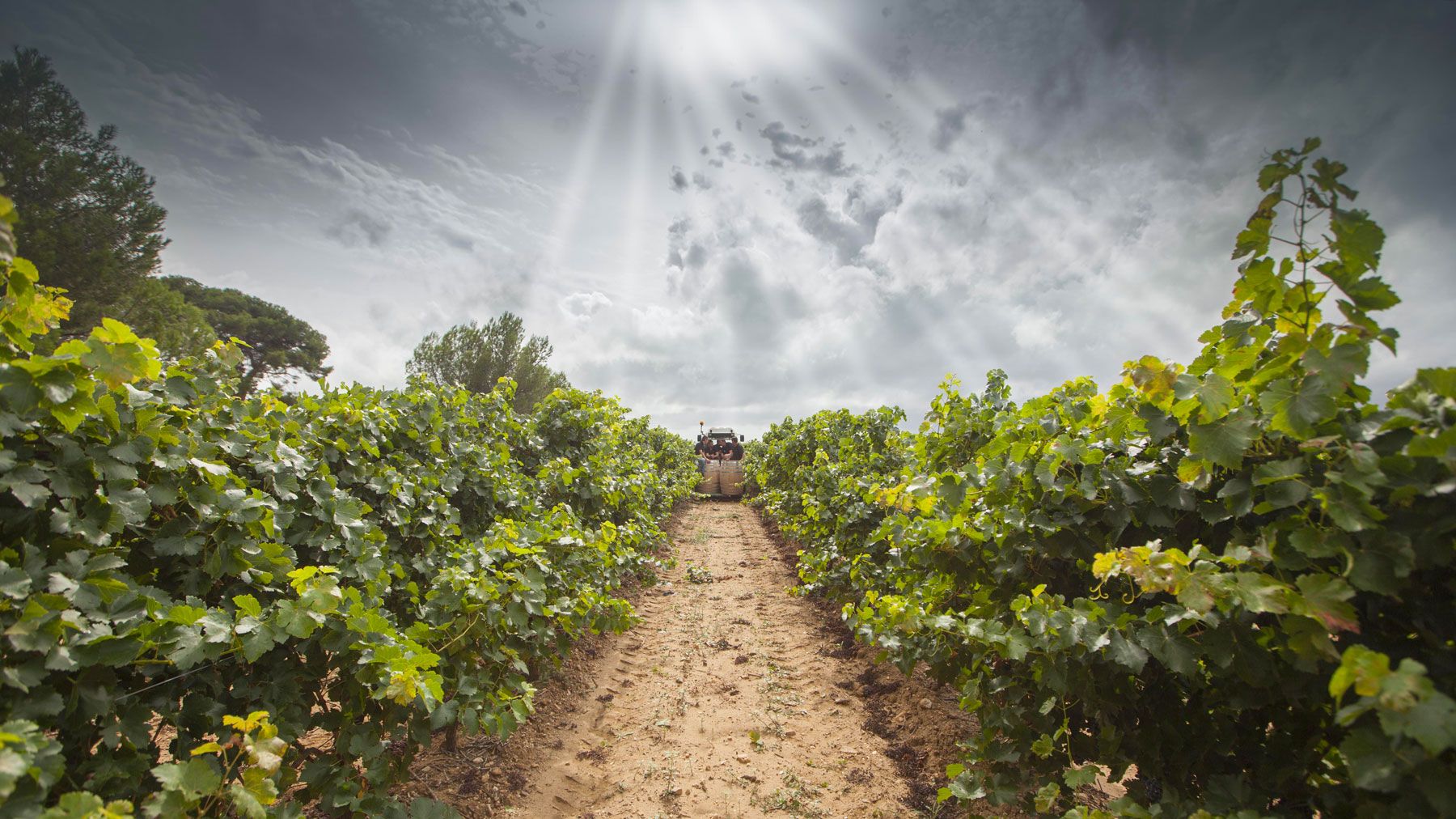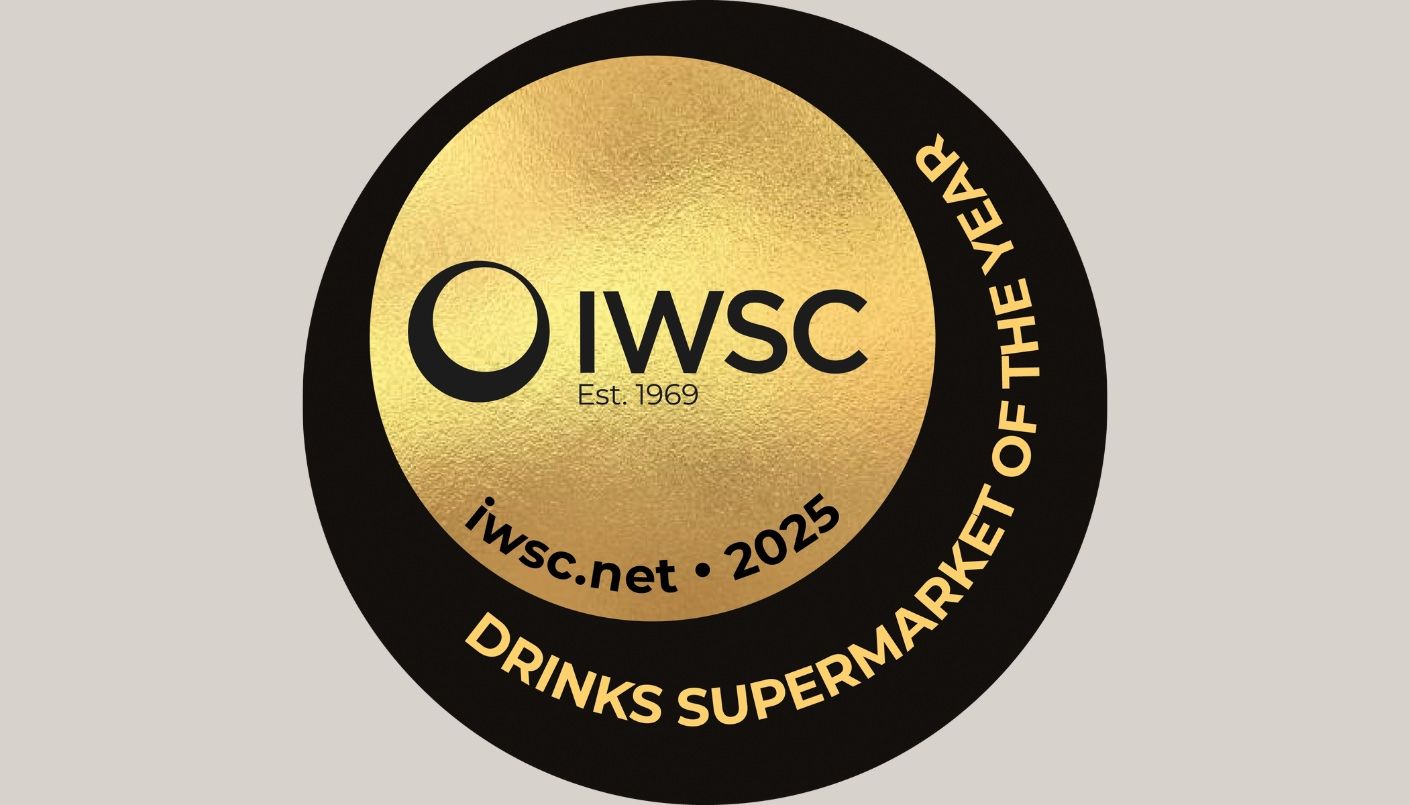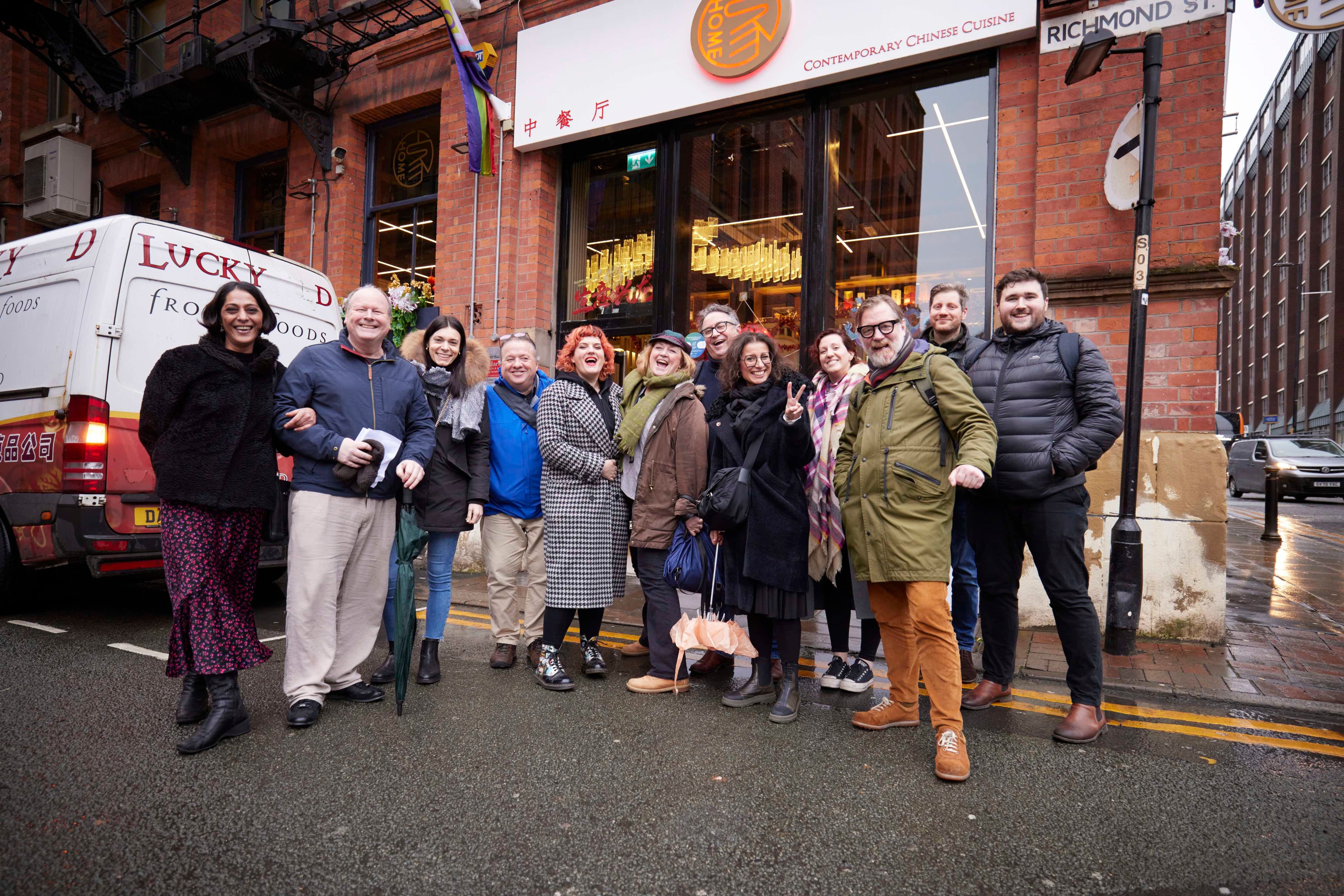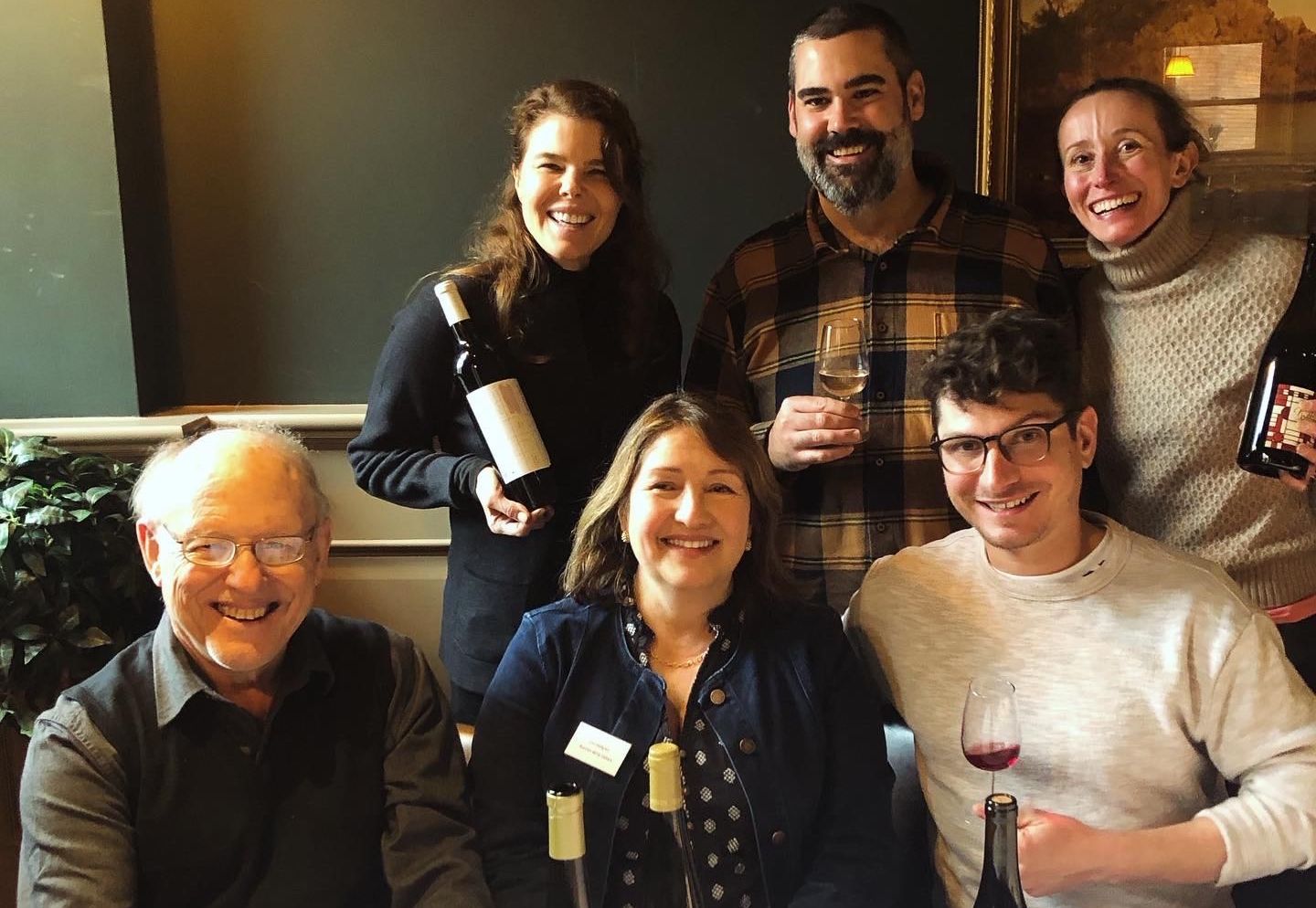Our thanks go to our team of buyers and for D.O. Cava for their support in making this debate happen. If you want to find out more about D.O. Cava then go to its website here.
You can watch a full recording of the debate here, and catch up on short video extracts in the report below.You can read the first part of the debate here.
To help us put D.O Cava through its paces we were able to call on the expertise and insights from a leading panel of trade figures, who each have their own experience and views on what Cava means in their business and to their customers. The panel included:
- Roger Jones, owner, The Harrow at Little Bedwyn
- Laura Griffiths, founder, Lingo Vino
- Michael Harrison, head sommelier, Signet Hotels
- Matthew Harrowven, wine category supply manager, Ocado
- Nicholas Jones, head of operations, www.hometipple.com
- Representing D.O. Cava Regulatory Council was its president, Javier Pagés.
D.O. Cavas tasted
Rosé
The panel had the chance to taste two rosés from two areas of Spain – Catalan and Valencia – to show the different styles of rosé it can produce.
The Dominio De La Vega Cerro Tocón is made from 100% Pinot Noir (Cava Reserva level with 36 months on lees) and the Rovellats Reserva Imperial Brut Rosé (also Cava Reserva level with 24 months ageing) is 100% Grenache.
Pagés said the overall rosé category has been growing over the last few years in D.O. Cava but from a small start. There is certainly a growing market for Reserva level rosés in Spain priced between €15 to €25 and he is hopeful that can also be followed in its other key markets around the world.
The panel felt there was certainly a good opportunity for more premium rosés from D.O. Cava but only if the case can be made for why people are being asked to pay more for it.
Griffiths said she always looks to include a rosé in the Cava training and tastings she does and they are always a big hit with her customers. “We just need to get more of them out there. We need to market them and educate in ways that people can identify with it and see how amazing it is,” she said.
Harrison picked up on the fact that both rosés were drier rather than fruitier in style which the D.O. might need to look at for export markets like the UK. He said you only have to look at the success of the English sparkling rosés that are “all about delivering red berry fruits and nice crunchy acidity”.
Whilst it was good to see some age on both rosés, Harrison felt producers need to factor in the colour when it comes to exports and that darker, aged rosés may find it harder to gain traction against the demand for paler rosés.However harsh it might sound, we can’t ignore the “Whispering Angel effect,” he added.
Griffiths agreed and said that for the average UK consumer “the paler the better”. “It’s a huge thing at the moment.”
Roger Jones was blown away by the quality of the Pinot Noir-driven Dominio De La Vega Cerro Tocón: “It is absolutely exceptional. The quality is outstanding. It would work particularly well with food and the presentation is absolutely stunning for high end restaurants and enjoying at home.”
Brut Nature
Buyers discuss potential of no sugar Brut Nature Cava as a way to attract new Cava drinkers
The panel then had the chance to taste a couple of Brut Nature Cavas made with zero dosage and no added sugar: Rovellats Premier Brut Nature from Penedès, 85% Parellada, 15% Macabeo and aged 15 months in bottle; and Alta Alella Mirgin Gran Reserva Brut Reserve 2017, which is a blend of Pansa Blanca (Xarel·lo), Macabeo and Parellada from organic vineyards, and made in Catalonia close to Barcelona.
At 11% and 12% abv the two wines stood out for their clean, fresh appeal. Harrison felt they were definitely more a “culinary” style of Cava that would work well with seafood, but again it is a difficult challenge to educate the consumer about what they are buying and getting. “It’s a brave style for Cava to go down.”
Roger Jones said it almost needs a similar approach to how Cloud Bay from New Zealand was first introduced as the ideal accompaniment for sea food, shell fish and a style of wine that is different for that kind of food. “It’s a great way to introduce people to this kind of Cava. It’s really exciting and interesting and gets people into Cava and you can build from there.”
Harrowven felt that whilst the mass consumer might struggle with the Brut Nature style, it is certainly one for a foodie environment “or savvy wine shopper” to make the most of. “It’s beautifully made. It’s perhaps too niche for a lot of people. Within the trade we get it, but the average person on the street might struggle.”
Nicholas Jones said there is an opportunity to hand sell this to someone who asks for a dry style of wine, particularly the Alta Allella Brut Nature. “If you want something that is truly dry then that might be the bandwagon to jump on in terms of conveying that message. It would be good as part of a tasting menu as well. I would drink this all day, but I am not the consumer.”
Griffiths said she can see the Brut Nature style appealing to those drinkers who are on a health kick and looking at their sugar take and the no sugar aspect could be a good sales point. “For those people who are finding Prosecco too sweet now, this is a great angle to come in at.”
It’s also a style of wine that goes across all categories of wine, particularly Champagne, so there is something to play on there as well, added Nicholas Jones.
Gran Reserva

The tasting then moved up a level to Gran Reserva to look at two wines from a small Penedès producer, Bodega Cava Guilera and its Cava Guilera Musivari 2007 (a blend of Xarel·lo, Macabeu and Parellada, average price £26) and Guilera Red Xarel·Lo 2014 (100% Xarel-Lo, average price £17).
Harrowven was particularly taken by the “modernist” style label for the Guilera Red Xarel-Lo which he thought would appeal to a younger drinker. “I think that’s quite funky, whilst the Guilera Musivari label is quite clean versus some of the more traditional labels we have seen.”
He added: “I think these styles of Cava definitely open the market more to that newer, younger customer looking to get into wine.”
Roger Jones said “he loved them – absolutely fabulous” and felt the Xarel-Lo is “stunning” at its £17 price point.
Harrowven agreed and felt that even at £17 it could help bring an entry level consumer into the premium Cava category. “It’s a brilliantly made wine and good value for money at that price point.”
Griffiths also picked up on the “amazing body” on the Xarel-Lo. “I’m a big fan. It’s a beautiful stunning wine.”
Harrison loved how the Musivari lifts the fruit and “has lovely intensity and freshness”. He felt
both Cavas would be ideal for sommeliers to sell direct to their customers and would work nicely on a tasting menu.
The panel then looked at two wines from Pere Venture Family Wine Estates in mid, central and upper Penedès: thePere Ventura Vintage Gran Reserva Brut 2015 (60% Xarel-Lo, 40% Chardonnay, minimum 43 months of ageing, average £37); and the Pere Ventura Tresor Gran Reserva Brut 2018 (40% Macabue, 40% Xarel-Lo and 20% Parellada, minimum 36 months ageing, average £18).
Griffiths was particularly taken by the marketing and cut glass bottle packaging, which again shows the diversity there is in bottle styles and shapes in D.O. Cava.
She also picked up on the 11.5% abv on the Tresor Gran Reserva and 12% on the vintage as being good selling points to consumers who are looking at the alcohol levels in the wines they are drinking. It’s a factor that comes up time and again with customers, she added.
Harrison was interested to see the disgorgement date on the back of the bottle which is good to see for those with a little bit of knowledge and again helps with the knowledge and information given to support the price point.
The Dominio de La Vega 100% Chardonnay (around €25) offered another point of difference in the tastingand was, for the panel, stepping into heavy competitive with other Chardonnay sparkling wines around the world. “It’s a tough territory to play in,” said Harrison.
Pagés said although Chardonnay has been in the region since the 1960s it is still not widely planted or used as producers, in the main, prefer to use more indigenous varieties. But for the producers that are committed to Chardonnay it has become very much part of their signature.
Juvé & Camps
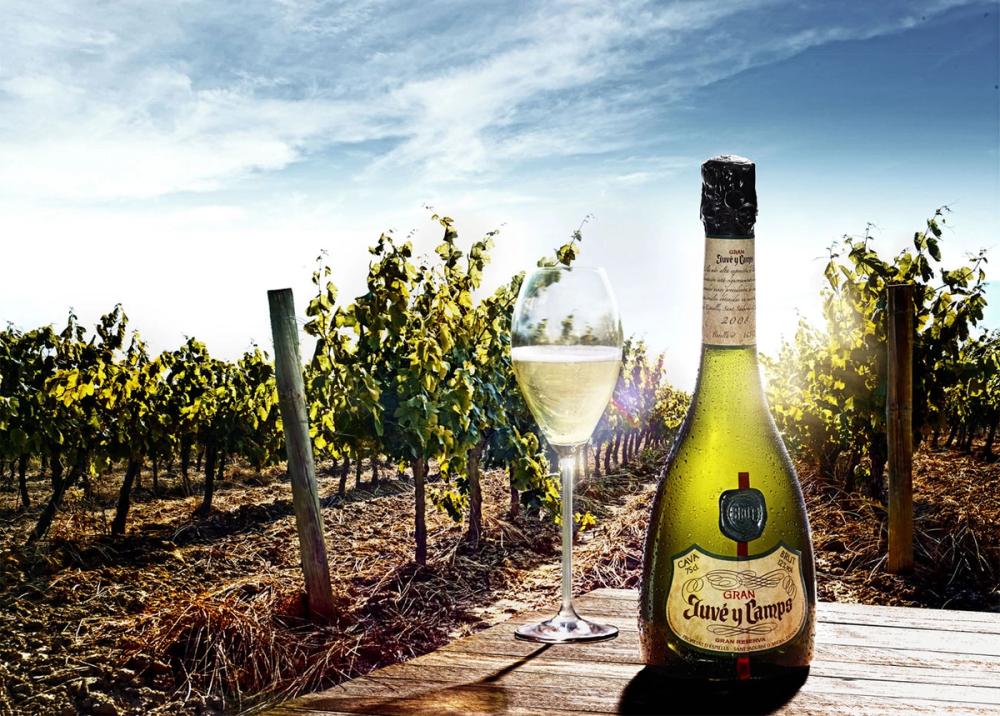
Juvé & Camps is seen as the Grand Cru of premium D.O. Cava producers
The panel were invited to taste the Juvé & Camps wines separately to see how its influence comes out in different wine styles made by arguably Cava’s most respected producers. Available to taste was: Juvé & Camps Singular Gran Reserva 2016 (Xarel-Lo, around £17); Juvé & Camps Gran Juvé Gran Reserva Brut 2016 (Xarel-Lo, Macebo, Chardonnay, £15) ; Juvé & Camps Reserva De La Familia Gran Reserva 2017 (Xarel-Lo, Macebo, Parellada, £20)
Harrison described Juvé & Camps as being the region’s “Grand Cru” producer that is enormously respected in the trade.
Pagés said Juvé & Camps has a big role to play in the region as it only specialises in producing top quality and premium Cavas across a wide range and variety of profiles. “That’s what they want to be known for,” he added.
It is also interesting to see what it is dong with its own plantings of Chardonnay and Pinot Noir and how they are progressing.
Roger Jones said the flavour profile that comes out in the Xarel-Lo really reminds you of Spain. “This is another great selling point because once you have people buying Cava you can then get them to try the natural grapes of the area and these guys do it so well. It’s absolutely superb.”
Harrison agreed: “There is definitely a step up through all of these wines. They are premium and you can taste the varietal characteristics and the freshness. These wines, once they get tasted, will definitely make inroads into the UK market.”
In summary
Michael Harrison and Nicholas Jones on what makes premium Cava stand out for them
Harrison said it was great to see the “huge increase in the variety” of Cavas available and they were “much more interesting wines” than he was expecting. “It would not be a struggle to bring them into our group [of hotels] and as wine trade professionals we would be happy to get behind theses wines and bring them to our drinking partners.”
Nicholas Jones said he was “already an advocate for Cava personally” it was more a case for him of finding the right supplier and producer to work with. He said it was interesting to “open his eyes” to Xarel-Lo and being able to compare the “more trendy, reduction style vibe” of Juvé & Camps versus the “more lush and giving” style that comes with the Cava Guilera Red label.
Honing in on those indigenous varieties – particularly Xarel-Lo – could be where Cava becomes more popular with the natural and hipster wine bars community, he added. “It really sings true. You have got one grape variety that can express itself in a number of ways in different areas.”
Lingo Vino’s Laura Griffiths & Ocado’s Matthew Harrowven on what makes Cava stand out
Griffiths said there are so many boxes to tick when it comes to premium Cava: excellent quality, great value for money, minimal sugar, and low alcohol levels.
She said the debate and tasting had not only re-confirmed to her how good the quality of Cava is, but given her the drive to “get out there and tell everyone about how amazing it is and spread the word in an approachable way”. “My heart’s in it and I am ready to go,” she added, pointing to the Guilera Red Xarel·La 2014 as her “stand out wine”.
From Ocado’s perspective Harrowven said he was impressed by the “scope” of what Cava can offer. He would also have liked to see a few more sweeter styles to compare and assess what might work in what he sees as the still underrated demi sec market in the UK. It could also be a good entry level point to introduce people again to the Cava category and then “step them up through the top tier products that we have seen here”.
“Overall it has been fantastic. My stand out is the stunning Alta Alella Mirgin Gran Reserva Brut Nature,” he added.
Roger Jones felt the panel had been “very lucky to be given the top level Cavas” to taste and it might have been good to have compared them against some of the more value, mass volume Cavas in the market. “These aren’t wines that are going to be bought daily in a supermarket because some of them are absolutely exceptional. I’ve really enjoyed the opportunity.”
Michael Harrison: It’d be a ‘travesty’ if Cava & Spain don’t bang the drum loudly for premium Cava
Harrison’s final word was a plea to the Cava and Spanish wine authorities to really “jump on the bandwagon and start banging the drum” about the super quality there now is in Cava, but it is going to need a lot of support, marketing and education to get that across first to the trade and then to the consumer. There has clearly been a lot of investment that has gone in by the producers in their wines, but also their packaging and switch to organics, and it would be an “absolute travesty” if they are not fully “championed” by the Spanish powers that be.
Nicholas Jones said he can potentially see Cava doing well in the “attainable premium” category, particularly now that cost of living is starting to bite and people could be looking to trade down from the luxury level say of Champagne for better value, but still high quality products.The opportunity is also there to use the wine credentials of Cava to appeal more to the wine geeky, hipster, wine bar, young confident shopper.
“We’re definitely seeing that come through online. People with a bit of knowledge who have the confidence to purchase something and have more money in their back pocket than the slightly older generation,” he added.
Roger Jones’ final thought was a call out to D.O. Cava to hold a blind tasting of the best Champagnes, English sparkling and premium Cava so that buyers, commentators and critics can see just what incredible quality there now is now coming out of Cava, particularly at the prices being asked for them. “It’s not necessarily about winning, but comparing so that people can see that this Cava is as good as that Champagne.”
Javier Pagés final conclusion, in return, was to say how useful and important the debate and tasting had been for him to hear such excellent and informed insight into the region. He agreed the immediate challenge was to move the consumers’ perception about Cava away from just being seen as a value product to a quality sparking wine in its own right. He also reassured the panel it was ready to put long term investment into the trade and market to help make that happen.
“I have been in the wine business for a long time and I know the trade in the UK is the best and the most knowledgeable in the whole world. I will try and take some of your ideas and put them into motion,” said Pagés.
- You can find our more about D.O Cava here.
- You can read the first part of the D.O Cava debate here.


